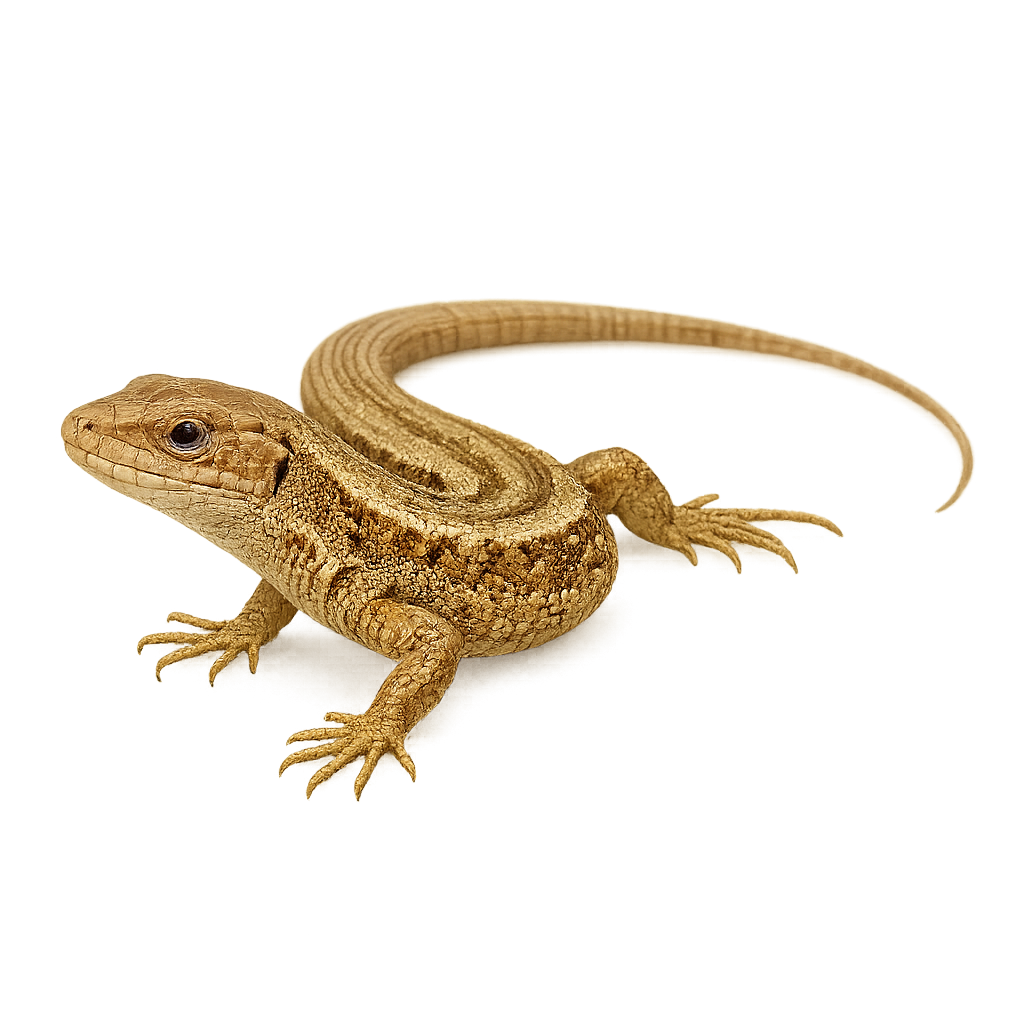Your wildlife photography guide.
Explore the viviparous lizard in detail, study its behavior, prepare your shots.
Where to observe and photograph the viviparous lizard in the wild
Learn where and when to spot the viviparous lizard in the wild, how to identify the species based on distinctive features, and what natural environments it inhabits. The WildlifePhotographer app offers tailored photography tips that reflect the viviparous lizard’s behavior, helping you capture better wildlife images. Explore the full species profile for key information including description, habitat, active periods, and approach techniques.
Viviparous Lizard
Scientific name: Zootoca vivipara

IUCN Status: Least Concern
Family: LACERTIDAE
Group: Reptiles
Sensitivity to human approach: Tolerant
Minimum approach distance: 2 m
Reproduction period: May to June
Incubation: 90–120 jours
Births: July to August
Habitat:
moist forests, alpine meadows, marshes
Activity period :
Active during the day when temperatures are favorable, often seen basking in the sun.
Identification and description:
The viviparous lizard, Zootoca vivipara, is a small reptile common in Europe and Asia. It typically measures between 12 and 15 cm, including the tail. Its coloration ranges from brown to gray, often with dark patterns on the back. This lizard is unique among European reptiles as it is ovoviviparous, giving birth to live young rather than laying eggs. It inhabits various environments, from moist forests to alpine meadows, and can be found up to 3000 m in altitude. Primarily active during the day, it feeds on insects and other small invertebrates. Its ability to survive in cold climates is remarkable, and it hibernates during winter.
Recommended lens:
Macro – adjust based on distance, desired framing (portrait or habitat), and approach conditions.
Photography tips:
To photograph the viviparous lizard, choose sunny days when these reptiles are more active. Use a macro lens to capture the details of their scaly skin. Approach slowly to avoid scaring them, and maintain a distance of at least 2 m to prevent disturbance. Early mornings and late afternoons are ideal for soft lighting. Be patient and ready to wait for the lizard to relax and resume its natural activities.
The WildlifePhotographer App is coming soon!
Be the first to explore the best nature spots, track rutting seasons, log your observations, and observe more wildlife.
Already 1 430 wildlife lovers subscribed worldwide

